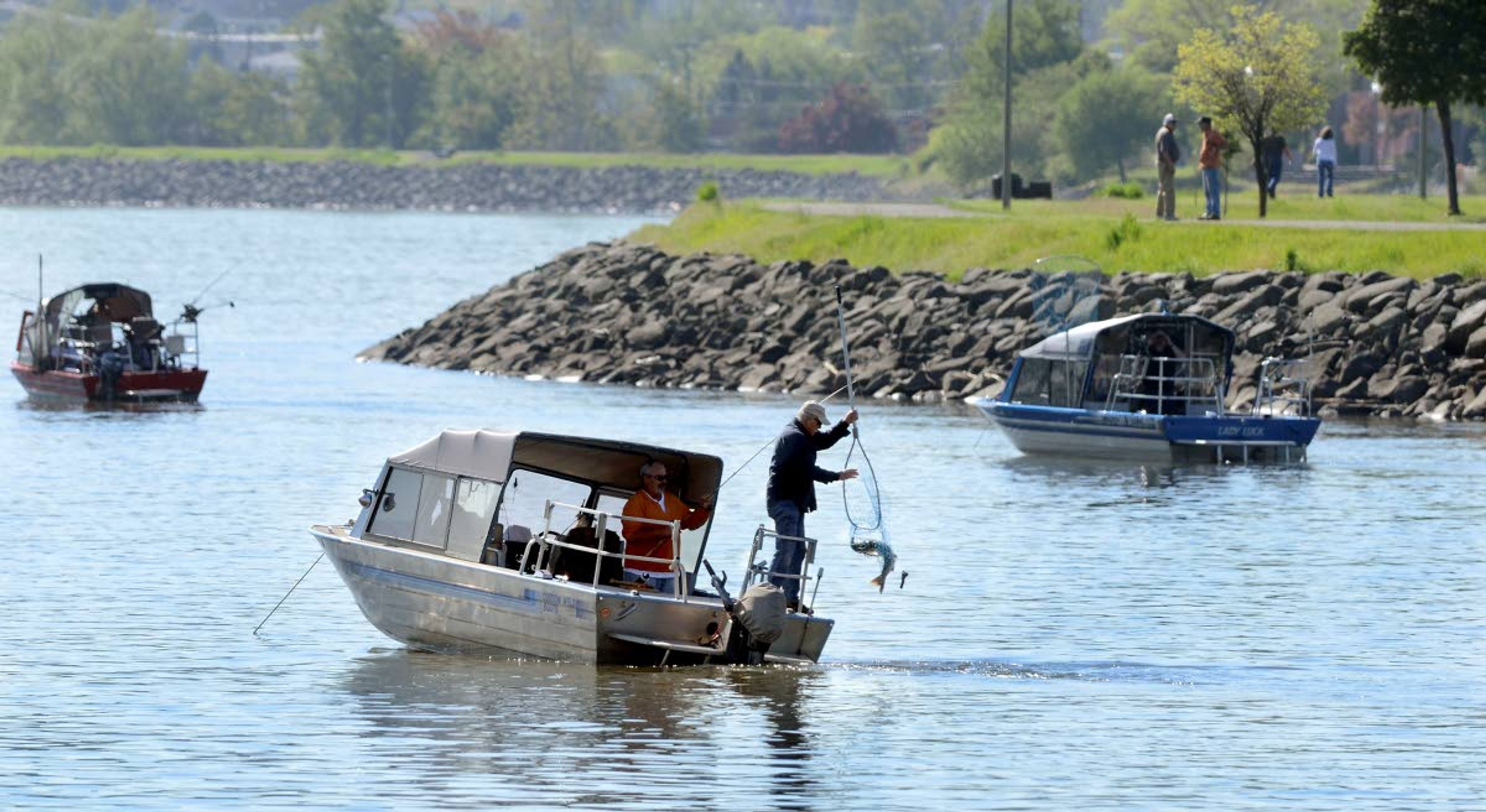Fisheries managers offer grim forecast
Returns of prized spring chinook are expected to be worse than last year’s dismal run
An early forecast from a group of state, tribal and federal fisheries managers indicates the upcoming spring chinook season could be as, or even more, disappointing than recent steelhead runs and worse than last year’s return of springers.
The Technical Advisory Committee is predicting that just 48,100 spring chinook will return at least as far as the mouth of the Snake River. The 2018 forecast called for a return of 107,400, but just 67,595 chinook showed up.
The 2019 forecast includes a predicted return of just 8,200 wild spring chinook and just fewer than 40,000 hatchery fish.
If the forecast is accurate, it will mean slim harvest shares for anglers.
Joe DuPont, regional fish manager of the Idaho Department of Fish and Game, said the prediction could be reminiscent of the 2017 return of springers. That year, fishing on the Clearwater River was shut down after fewer fish returned than expected.
DuPont said he is expecting about 9,800 hatchery spring chinook bound for hatcheries on the Clearwater River to return from the ocean. More than half of those, or about 4,800, will be needed for spawning at hatcheries. In order to ensure enough fish return to hatcheries, the state typically builds in a buffer before it allocates how many chinook can be caught by anglers, further reducing the number available for harvest.
Early calculations show that only about 2,000 chinook may be available for anglers, DuPont said. That number will be split evenly between sport and tribal anglers, leaving only about 1,000 for each group.
He said the return to Rapid River Hatchery that provides fishing opportunity on the lower Salmon and Little Salmon rivers is also likely to be quite small.
“They are definitely going to be small harvest shares, that is for sure,” he said.
DuPont and other fisheries officials will hold a series of public meetings next month to share more detailed run information with anglers and to take their comments on how fishing seasons should be structured. Fish and Game officials will also share information on the impacts of sport fishing on wild steelhead, sea lion predation on salmon and steelhead and the effects of fight time and air exposure on steelhead.
The meetings are set for the following dates and locations, starting at 5:30 p.m., and each will last about two hours:
Orofino: Feb. 11 at the Clearwater Hatchery, 118 Hatchery Roe Drive, northwest of the Ahsahka Bridge.
Riggins: 5:30 p.m. MST, Feb. 12, Salmon Rapids Lodge, 101 S. Main St.
Lewiston: Feb. 13, Idaho Fish and Game Office, 3316 16th St.
Barker may be contacted at ebarker@lmtribune.com or at (208) 848-2273. Follow him on Twitter @ezebarker.










